In the western painting classes, one of the first things to learn about would be the primary colors, the secondary colors and the tertiary colors, unless it is a sketching class. In the oriental painting class however, the first few lessons might be focused on the use of brush and ink, you would learn about the properties of your painting tools, a good teacher would also talk about the philosophies of the oriental art, and finally, you will be shown how to express these ink lines using colors instead. It almost feels that colors are negligible.
It is true that the oriental brush art can be called the “水墨”, the “water-ink” art, but it also has a name, “丹青”, which literally means “red-blue” art. In here, the words “red” and “blue” are expressed in a more poetic way, they are essentially “red-blue” nonetheless. So the use of colors is definitely a key aspect of the oriental art expression, and today let us take a look at five main colors.
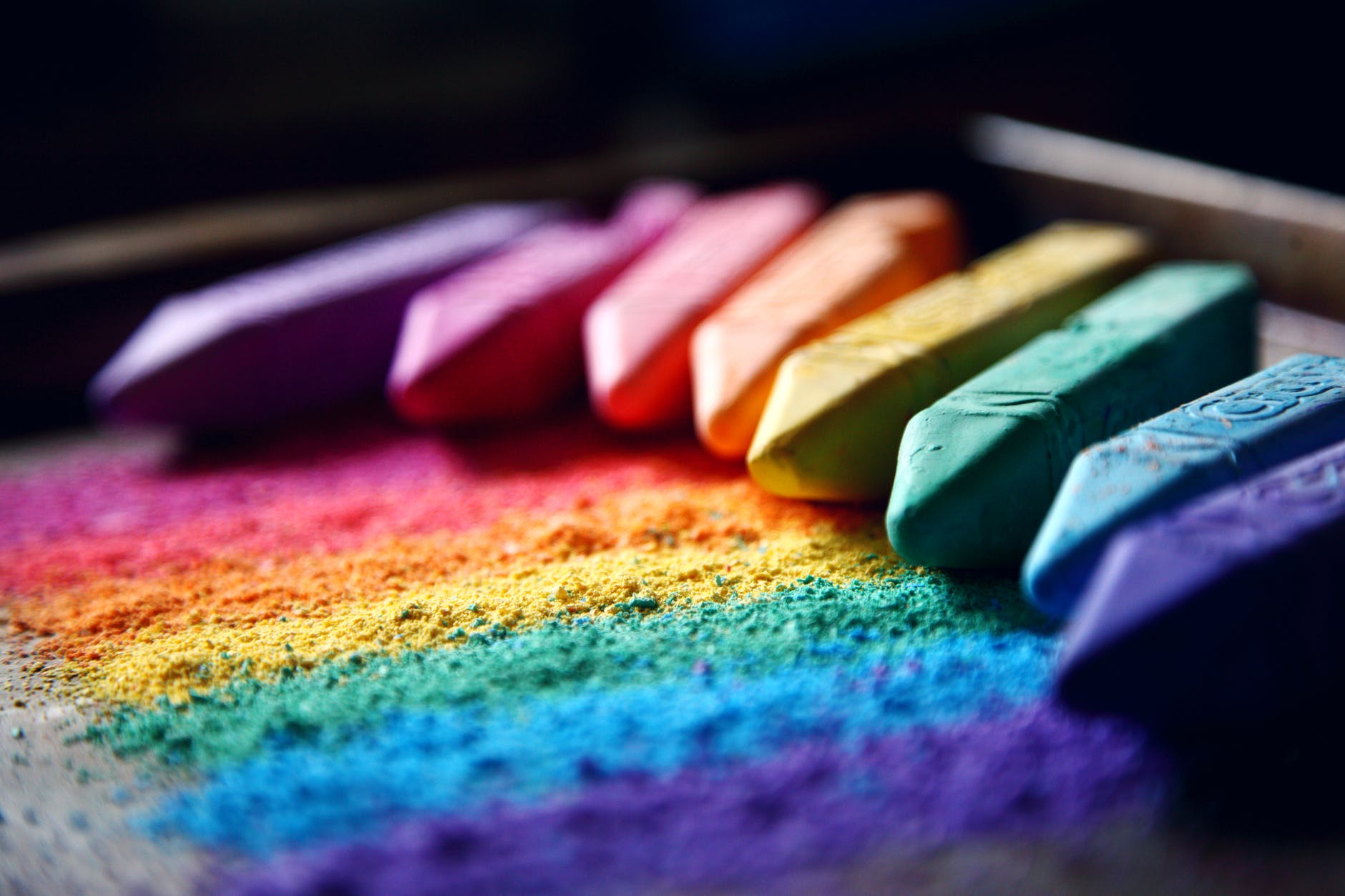
“Life is like a box of crayons. Most people are the 8 color boxes, but what you’re really looking for are the 64 color boxes with the sharpeners on the back. I fancy myself to be a 64 color box, though I’ve got a few missing. It’s okay though, because I’ve got some more vibrant colors like periwinkle at my disposal. I have a bit of a problem though in that I can only meet the 8 color boxes. Does anyone else have that problem? I mean there are so many different colors of life, of feeling, of articulation. So when I meet someone who’s an 8 color type… I’m like, hey girl, Magenta! and she’s like, oh, you mean purple! and she goes off on her purple thing, and I’m like, no I want Magenta!”
– John Mayer
When talking about colors, you may have the mental image of sunlight passing through a prism, the different wavelengths appear as rainbow colors. This is the scientific way of seeing the world, the Western way. The science went on to determine the properties of colors more in detail, coordinating all colors according to their brightness, saturation and hue, therefore all colors can be arranged, all of them have a place in the wheel. In the East, especially in the art world, the “scientific facts” are always secondary to our cognitive system, instead it is our subjective view of the world that comes first. In the painting specifically, it is even encouraged. The guiding philosophy of applying colors is to use them as a more detailed means of expression, in order to transmit our minds. The only categorization of color would be the primary and all the other colors.
The primary colors are similar in their use as the western ones, they are seen as the original colors, colors that could not be made. The difference is that there are five of them: black, white, red, turquoise, and yellow. These colors are chosen from the five elements in the traditional mythology.

The Four-Winds of the traditional mythology
Illustration from the internet
On the left is a graph of the “four-winds” of the oriental mythology, one ruling a quarter of the heavens, each represented by an animal, and each having its own color. The mythology was based on the star systems, and with some imaginations, these constellation became beautiful and mighty animals in the sky. In the North we have Xuan Wu, a turtle and a serpent combined; in the South we have Zhu Que, a phoenix; in the West there is Bai Hu, a tiger, and in the East we have Qing Long, the dragon.
The North governs water, black is the color; the South governs fire, red is the color; the West rules metal, white is the color; the East controls wood, turquoise blue is the color. They surround and protect the middle, the Earth, yellow is the color.
There are also five virtues assigned to each of these elements, wood means benevolence (“仁”), fire means propriety (“理”), earth means fidelity (“信”), metal means righteousness (“义”), and water means wisdom (“智”). And various empirical periods in the oriental history takes a virtue as their guiding value system, especially before and around the Han Dynasty (202BC-220), so you may see a dominant color from a specific period of time in the oriental history. Since the Sui Dynasty (581-619) a color system was also established for the outfits of governmental officials, the pure colors only appeared in the higher up officials, the lower the rank, the less pure the color in the general sense. Some the five colors can only be used by the royal families only, or be awarded to the outstanding officials.
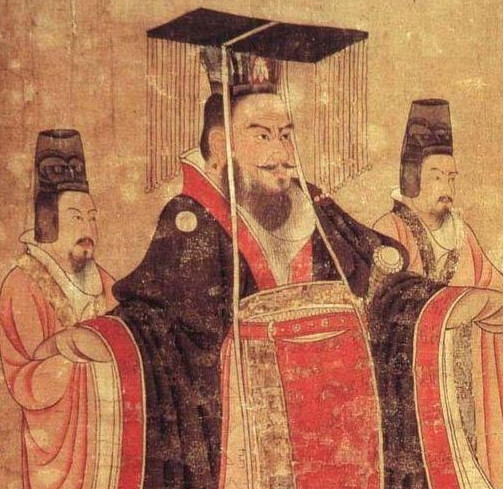
Han Dynasty, Han Wu Di (156BC-87BC)
Han Dynasty changed their value system from water to fire, but in the outfit of the Emperor, both value systems are clearly visible.
Civilians wore natural colors mostly, and green was a great color option.
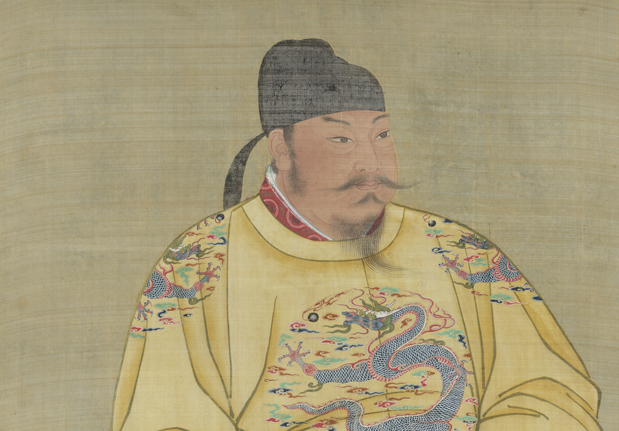
Tang Dynasty, Tang Tai Zong (598-649)
Tang Dynasty took the bright yellow as a royal color, which became the general rule for the rest of the empirical history. The use of yellow has been limited in the civilian world ever since. There are exceptions of course, Ming Dynasty (1368-1644) also loved red for its royal color, for example.
But in general, the Tang Dynasty colors were similar to its vibrant culture, beautiful variations of red, green, purple, and blue could all be seen, demonstrating its overall prosperity.
It was after the Ming Dynasty that the more colorful civilian outfit became more popular, this perhaps also has to do with the advancements of the dyeing technology. The civilians for a very long time were referred to as the “cloth outfits”, so their outfits mostly appeared brown. People who were from different social status wore their assigned colors normally, but let us keep all these color varieties for the topic of another time!

A question for you…
Forbidden City in the dusk
The name of Forbidden City is in fact “purple” forbidden city. Do you know why there is “purple” in its name? Let us find out in the coming blog!
Among the five primary colors however, in the oriental painting, black and white stand out as the two dominant colors, if they can be considered as such. This comes down to black in fact, as the white is normally the paper or left blank. The black here is not one pure dark color, there are many degrees and shades of the ink. Nevertheless, it is still the black and white eventually that rule them all, why is that?
The oriental painting is more of a philosophy than a painting, it takes root in the Taoist ideology – men and nature are in harmony, and in this world Yin and Yang coexist, the world turns and the cycle of life never ends. Black becomes white, white turns to black, exist and not exist becomes the same in the end. In a piece of painting, it all boils down to an atmosphere, a life energy, with it the painting is alive. The painting resonates with us on an emotional level, so extremely put, in reality the symmetry, perspective or color matter no more.
Enjoy such cultural discussions? Have comments? I look forward to hearing from you!
-
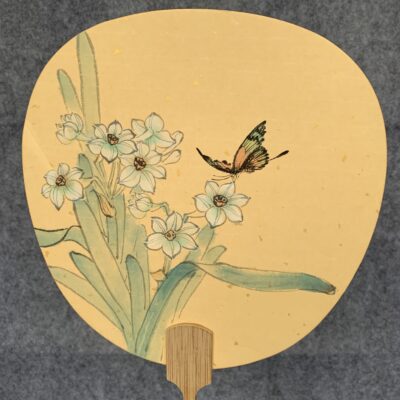 Daffodil & Butterfly Fan Painting Course
Daffodil & Butterfly Fan Painting Course -
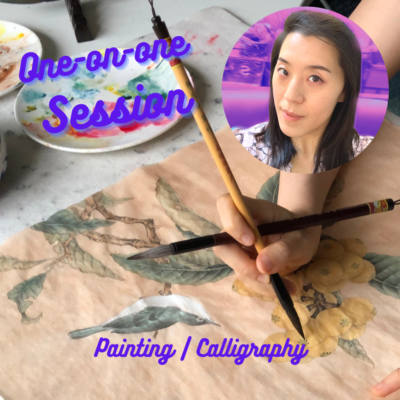 One-on-one Sessions
One-on-one Sessions -
 Panda Ninja Ink Art Club
Panda Ninja Ink Art Club -
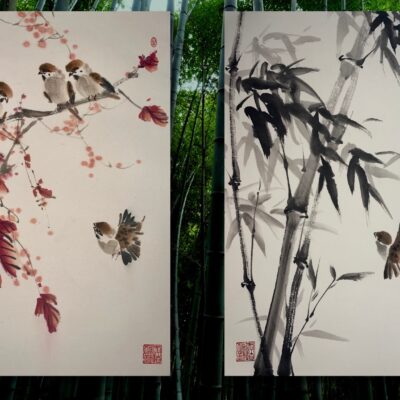 Relax With Chinese Painting – Bamboo & Sparrow
Relax With Chinese Painting – Bamboo & Sparrow -
 Relax With Chinese Painting – Cat
Relax With Chinese Painting – Cat -
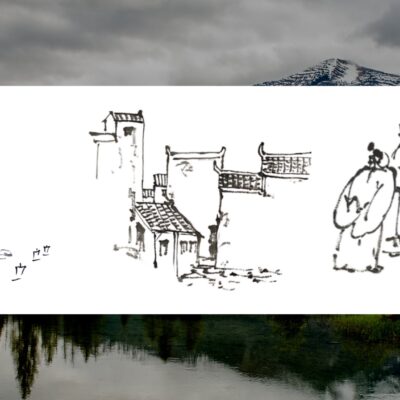 Relax With Chinese Painting – Landscape Scenery
Relax With Chinese Painting – Landscape Scenery -
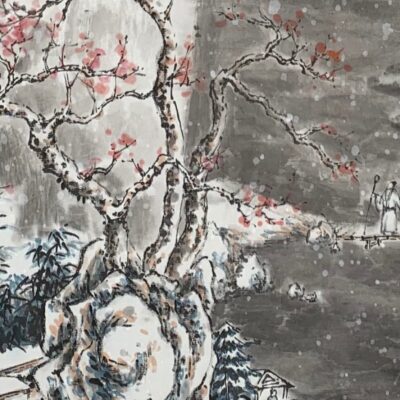 Relax With Chinese Painting – Snow Landscape
Relax With Chinese Painting – Snow Landscape -
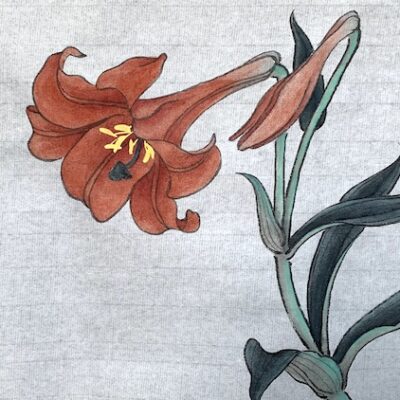 Relax With Chinese Painting – Introduction & Lily Flower
Relax With Chinese Painting – Introduction & Lily Flower -
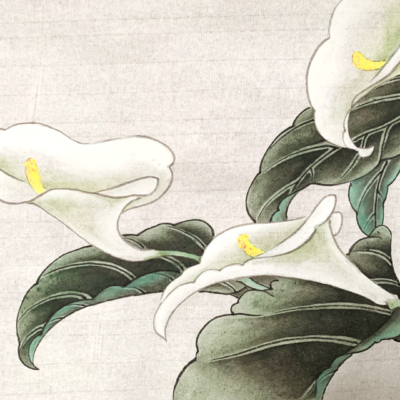 Relax With Chinese Painting – Calla Lily
Relax With Chinese Painting – Calla Lily -
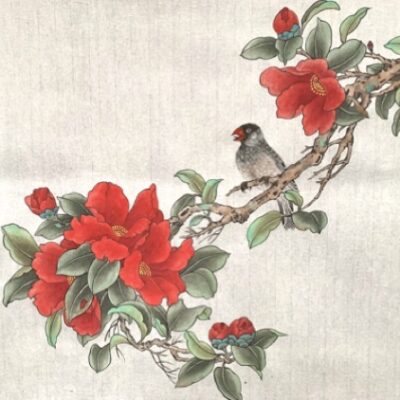 Relax With Chinese Painting – Camellia Flower and Bird
Relax With Chinese Painting – Camellia Flower and Bird
Buy Artworks | Learn Brush Painting | Learn Chinese Calligraphy

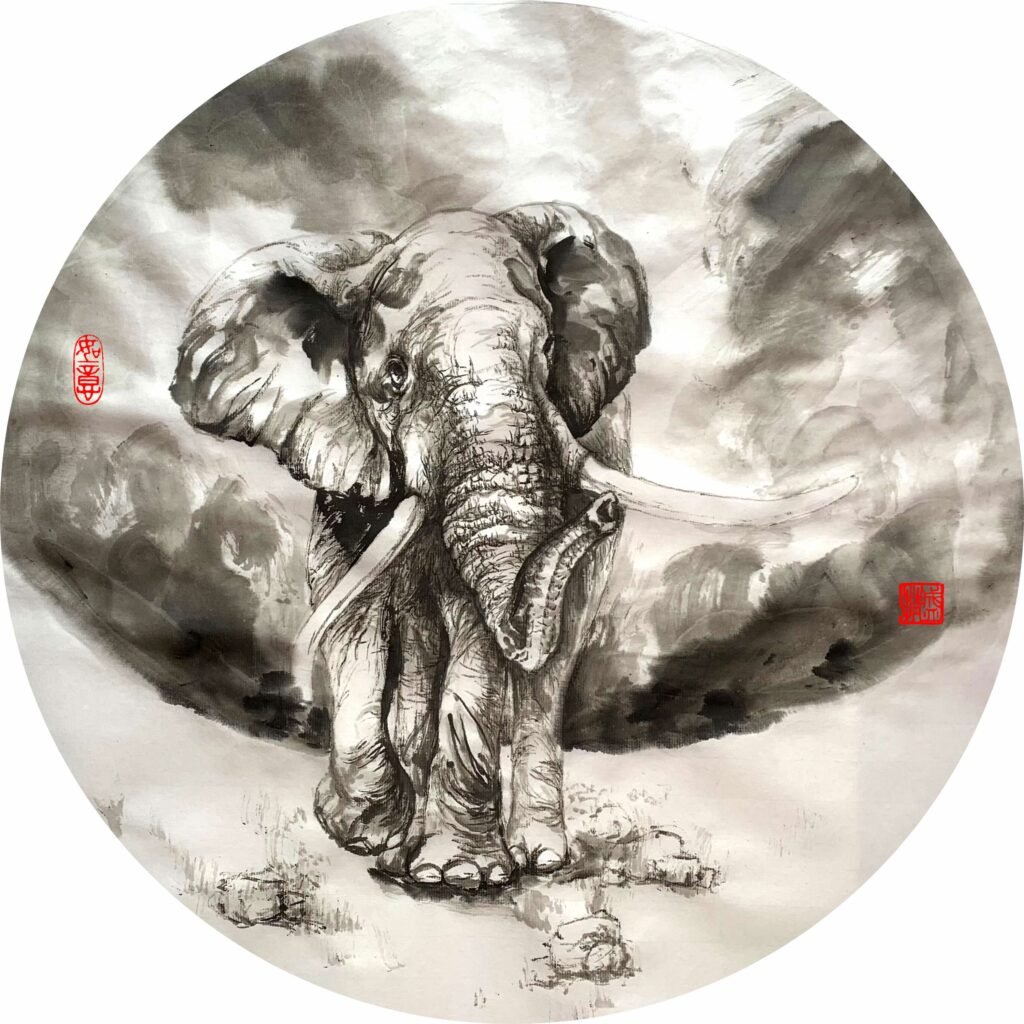
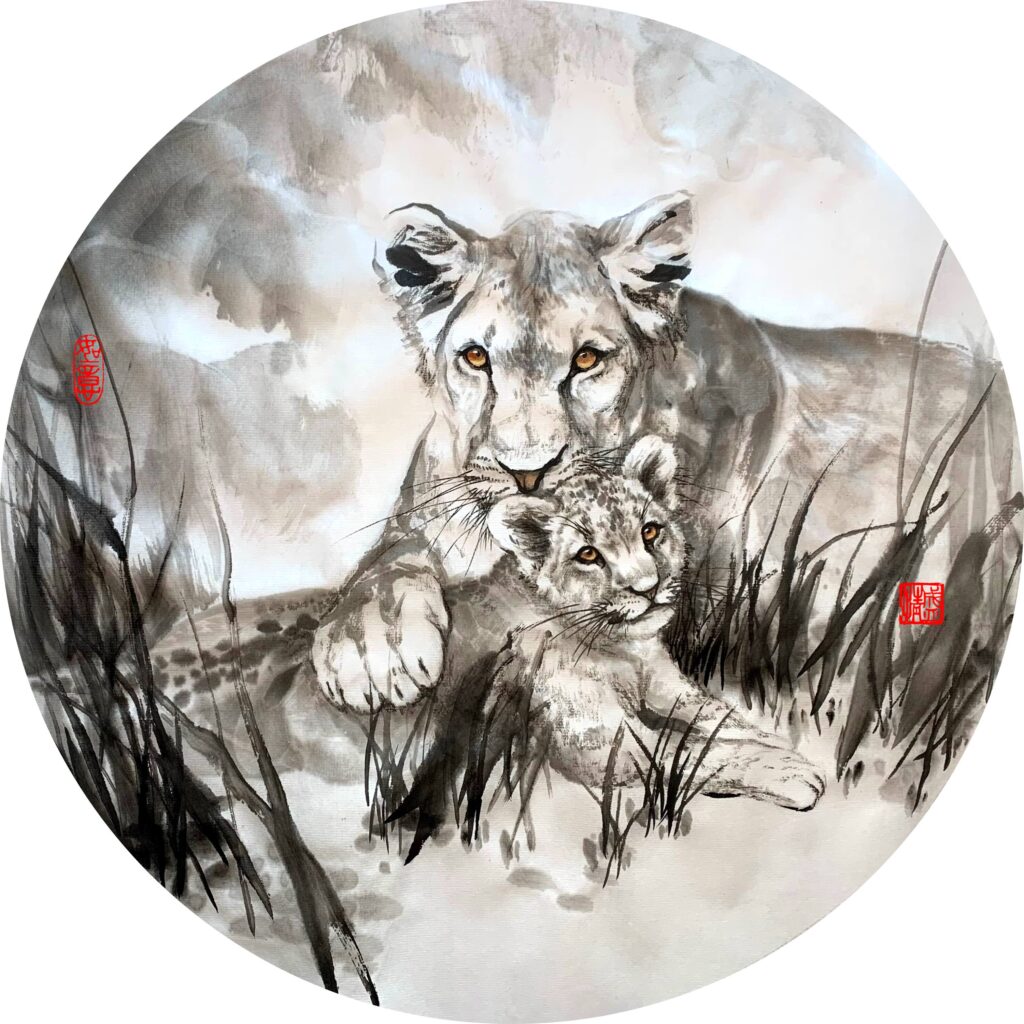
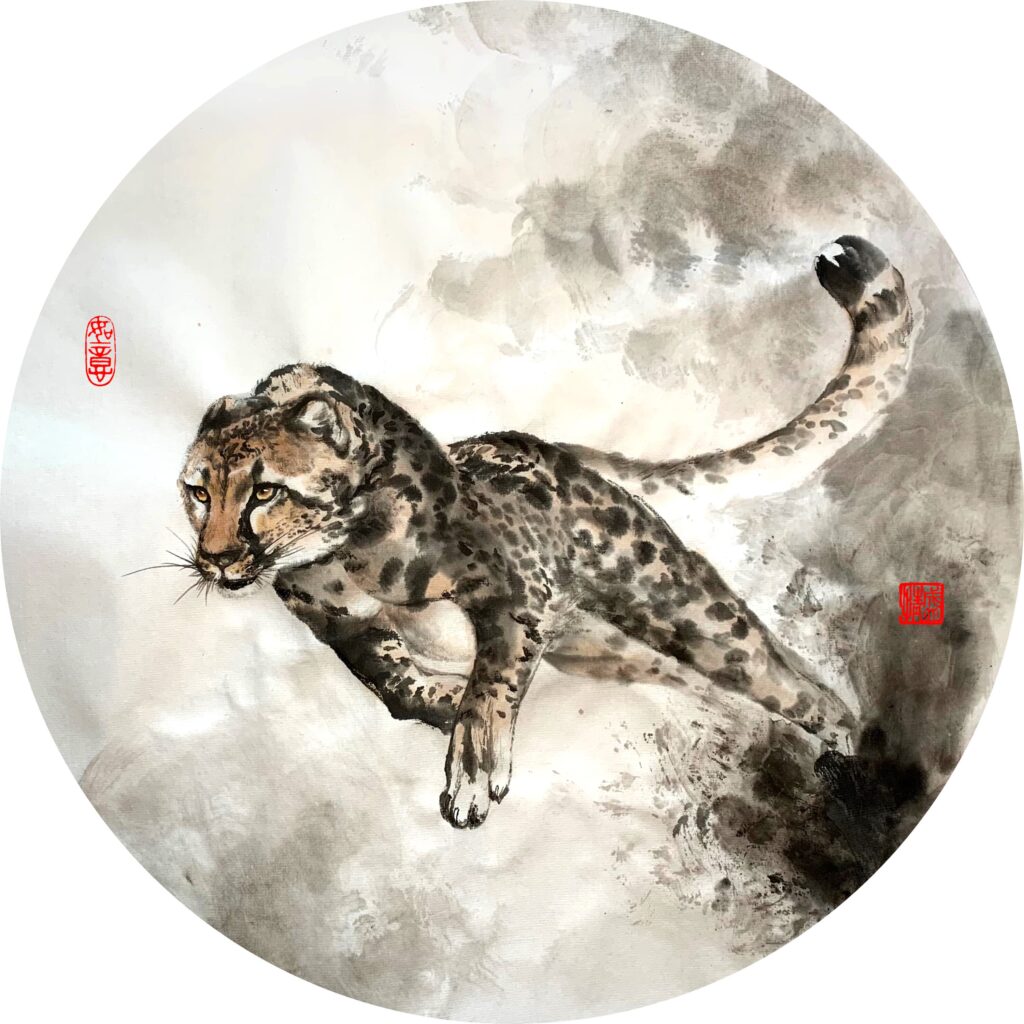
Pingback: Mindful Art, Zen Home | InkDifferent Studio